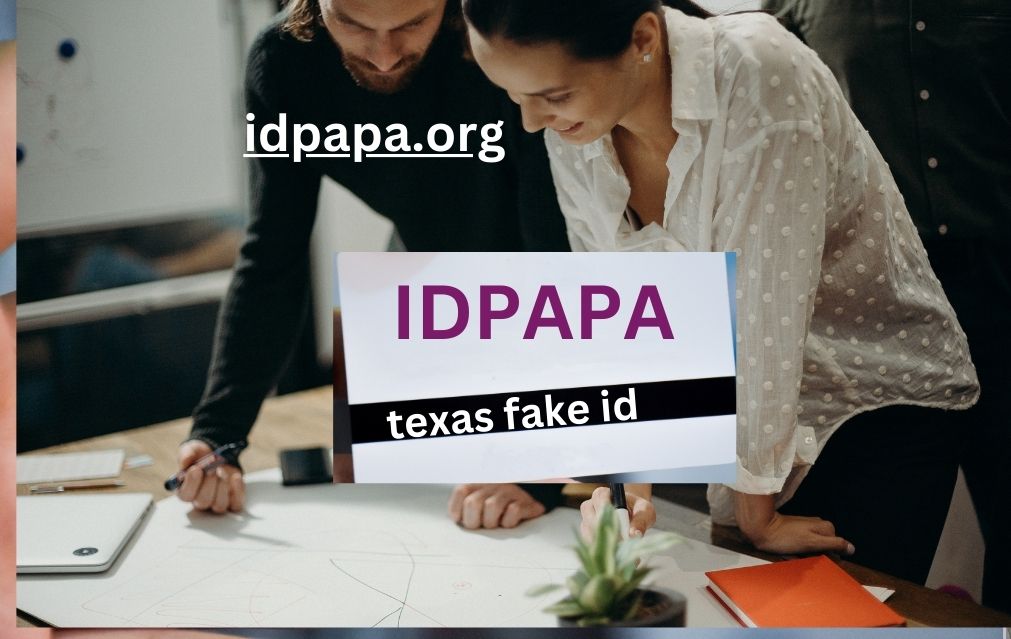Detecting a fake driver’s license can be challenging because counterfeiters often use sophisticated techniques to make them appear convincing. However, there are several key features that can help differentiate a Fake Driver Licence from a genuine one:
- Holographic Features: Genuine driver’s licenses often incorporate holographic images or elements that change appearance when tilted. Counterfeit IDs may lack these holographic features or have poorly replicated ones.
- UV Ink: Some driver’s licenses use ultraviolet (UV) ink that becomes visible under UV light. Check for UV ink patterns or markings that should be present on a genuine ID but may be absent or irregular on a fake one.
- Watermarks: Authentic driver’s licenses may have watermarks that are visible when held up to the light. These watermarks are difficult to reproduce accurately.
- Microprint: Genuine IDs often include tiny, fine print that is difficult to replicate with standard printing methods. Examine the ID closely for microprint, especially in the text and background.
- Laser Perforations: Some driver’s licenses have laser-perforated elements that create patterns or designs. These are challenging to duplicate with common printing techniques.
- Raised Text or Patterns: Check for raised text or patterns on the ID. Legitimate IDs may have elements that you can feel when you run your fingers over them.
- Security Threads: Authentic IDs may contain thin, embedded security threads. Counterfeit IDs often lack these threads or may have threads that are easily detectable.
- Tamper-Evident Features: Look for tamper-evident features such as the word “VOID” appearing when the ID is tampered with or altered.
- Inconsistent Fonts: Examine the fonts and text on the ID. Genuine IDs typically use consistent fonts and font sizes. Irregularities or variations in font size and style can be a sign of a fake.
- Alignment and Spacing: Verify that the text and elements on the ID are properly aligned and spaced. Fake IDs may have inconsistencies or uneven spacing.
- Quality of Printing: Examine the overall print quality of the ID. Genuine IDs typically have high-resolution printing, while fake IDs may have lower print quality.
- Card Material and Texture: The card material and texture of a genuine ID may differ from counterfeit IDs. Familiarize yourself with the authentic texture and feel of legitimate IDs in your region.
- Barcodes and Magnetic Strips: Use a barcode scanner or magnetic stripe reader to check if the encoded information matches the printed details. Counterfeit IDs may have discrepancies.
- Photograph and Personal Details: Ensure that the photograph on the ID matches the person presenting it. Look for signs of tampering or pasting of photos. Verify that the personal details, such as the name and date of birth, are consistent with the person’s appearance and age.
- State-Specific Features: Familiarize yourself with state-specific features, as different states may have unique security elements on their driver’s licenses.
- Common Sense and Intuition: Trust your instincts. If something about the ID or the person presenting it seems suspicious or inconsistent, exercise caution and consider seeking additional verification.
Keep in mind that counterfeiters continuously improve their methods, so it’s essential to stay informed about the latest security features and ID verification techniques. Additionally, if you suspect an ID is fake, contact law enforcement or appropriate authorities for assistance.
For more information visit IDPAPA







